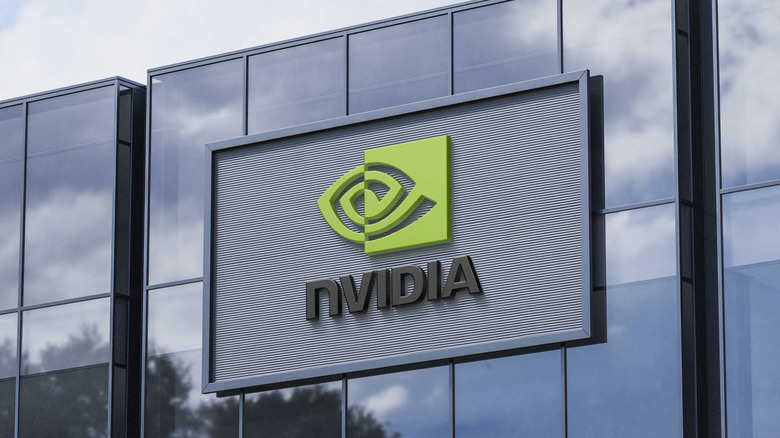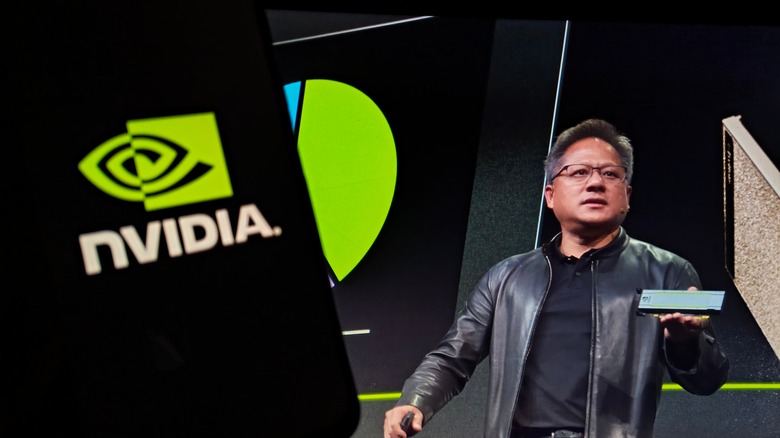What Does 'Nvidia' Actually Mean?
Although Nvidia had some humble beginnings, its ambition was anything but small. They envisioned building chips so advanced that the competition would aspire to match them. The goal wasn't simply to participate in the graphics market; it was to create technology that would set a new benchmark and inspire industry-wide envy. That mindset, woven into the company's roots and reflected in its name, which derives from the Latin "invidia," which means "envy."
In its earliest days, Nvidia's founders set out to create processors that could tackle 3D visuals and gaming in a way that regular CPUs simply could not. Over the years, they scaled from producing the best-value graphics cards to building entire architectures for parallel computing, transforming today's market. The story of how Nvidia moved from a living room start-up to a global GPU powerhouse is one of timing, technical insight, and sheer ambition. And it all began with the fascinating origin of its name.
How the name and the company took shape
Nvidia was founded on April 5, 1993, by Jensen Huang — AI's MVP CEO – Chris Malachowsky, and Curtis Priem. The three founders recognized that CPUs weren't well-suited to the compute-intensive, highly parallel demands of real-time 3D rendering, so they chose to focus on graphics rather than general-purpose processors. The company, headquartered in Santa Clara, California, adopted a "fabless" model early on. It would design and sell its graphics chips, but the production would be outsourced to third-party manufacturers. This allowed Nvidia to rapidly scale without the burden of owning factories.
The story of how Nvidia got its name is particularly interesting. Initially, the three played with whimsical anagrams of the founders' names, such as "Primal Graphics" (from Priem and Malachowsky), but that idea left out Huang. They couldn't think of anything that would neatly combine all three names. For a while, they used a placeholder "NV" to label their designs and files, which stood for "Next Version". That's where they got the idea to experiment with "NV," and the initial plan was to name the company "Nvision". However, that name was too similar to "Envision", the name of a toilet paper company.
Eventually, the founders settled on Nvidia, a deliberate tweak of the Latin invidia. The choice underscored its ambition to build products others would envy. Alongside the name, the visual identity of the company reinforced the same idea. The logo incorporates an eye motif, and the color green was adopted to signal "green with envy." This way, the founders managed to tie brand, name, and their vision into one unified message.
Beyond gaming into the age of AI
Today, Nvidia is widely regarded as the foundation for much of the artificial intelligence revolution. While the company originally made its mark with graphics cards aimed at PC gamers, its chips now power data centers, self-driving cars, robotics, large-scale AI training, and two new personal AI supercomputers. Nvidia claims that the invention of the GPU in 1999 "sparked the growth of the PC gaming market, redefined computer graphics, and ignited the era of modern AI." The chip architectures developed for rendering real-time graphics turned out to be ideally suited for the parallel processing demands of neural networks. Thus, Nvidia has leveraged its gaming-graphics knowledge into a dominant position in the accelerated-computing market.
But the competition is growing. Rivals such as AMD (Advanced Micro Devices) and Intel are investing heavily in GPUs and accelerators. Still, Nvidia remains the standard-setter. Many AI researchers and enterprises still prefer NVIDIA chips because of the software ecosystem, the developer tools (such as CUDA), and its performance track record. In fact, NVIDIA holds 80% of the AI accelerator market. In the automotive sphere, Nvidia's platforms support the hardware and software needed for self-driving vehicles and advanced driver-assistance systems.
What began as graphics for video games has expanded into general-purpose, high-performance computing for everything from entertainment to industry to autonomous mobility. With its name derived from envy, Nvidia today inspires a sort of envy in the industry itself.


